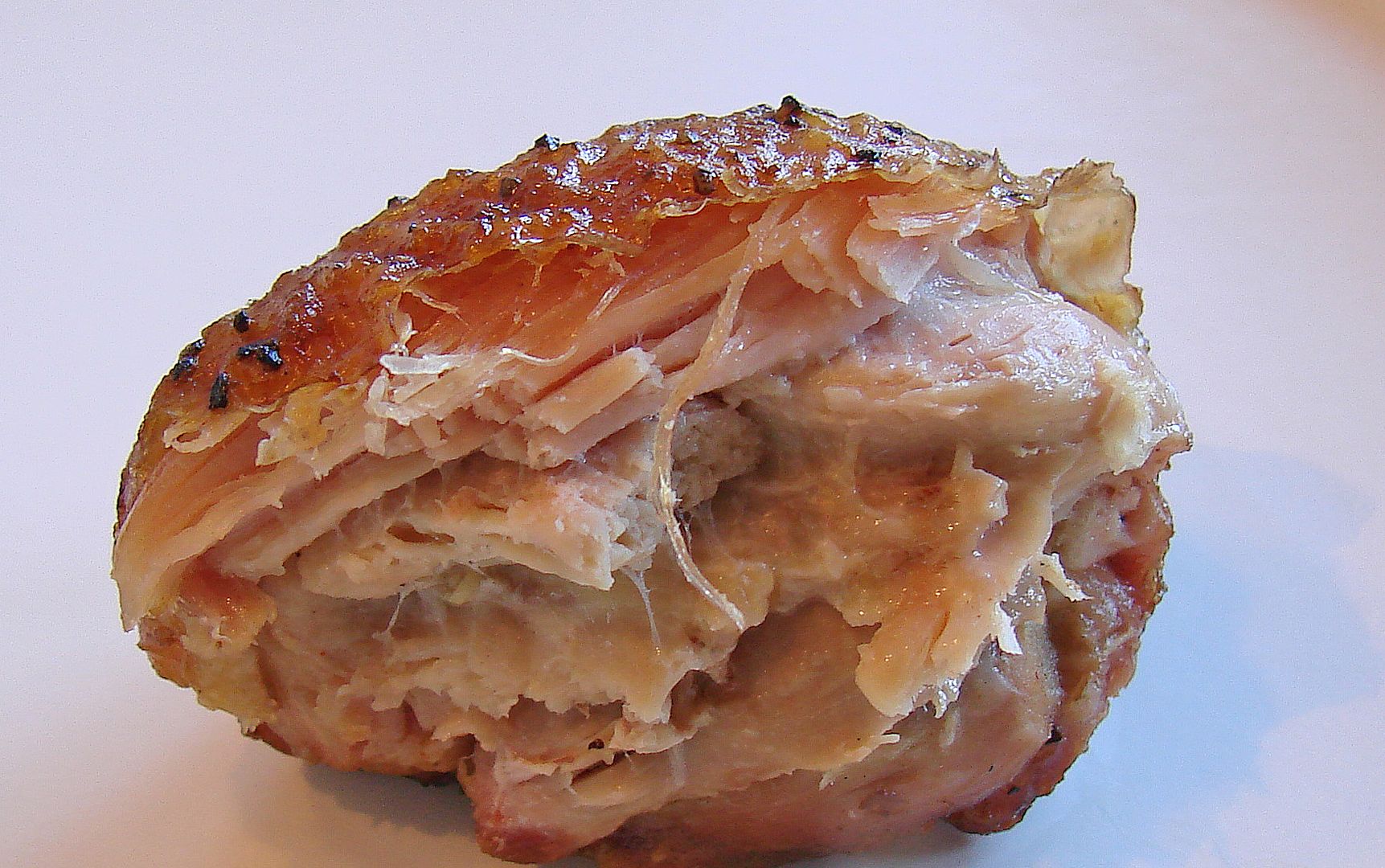sfbbqguy
is one Smokin' Farker
Thanks 3rd! Great info.
Another question...how much do you reduce the salt when you add TQ?
Another question...how much do you reduce the salt when you add TQ?
A great read on brining http://www.cookshack.com/brining-101
Thanks 3rd! Great info.
Another question...how much do you reduce the salt when you add TQ?
For those that brine chicken thighs for competitions:
1. what ratio do you use?
2. How long do you brine?
3. Do you marinate after brining?
4. How far ahead do you brine?

Get one of these and never guess again>>> http://www.butcher-packer.com/index.php?main_page=product_info&products_id=27
there are to many variables when dealing with a substances like salt. brand differences and so on.
